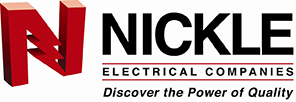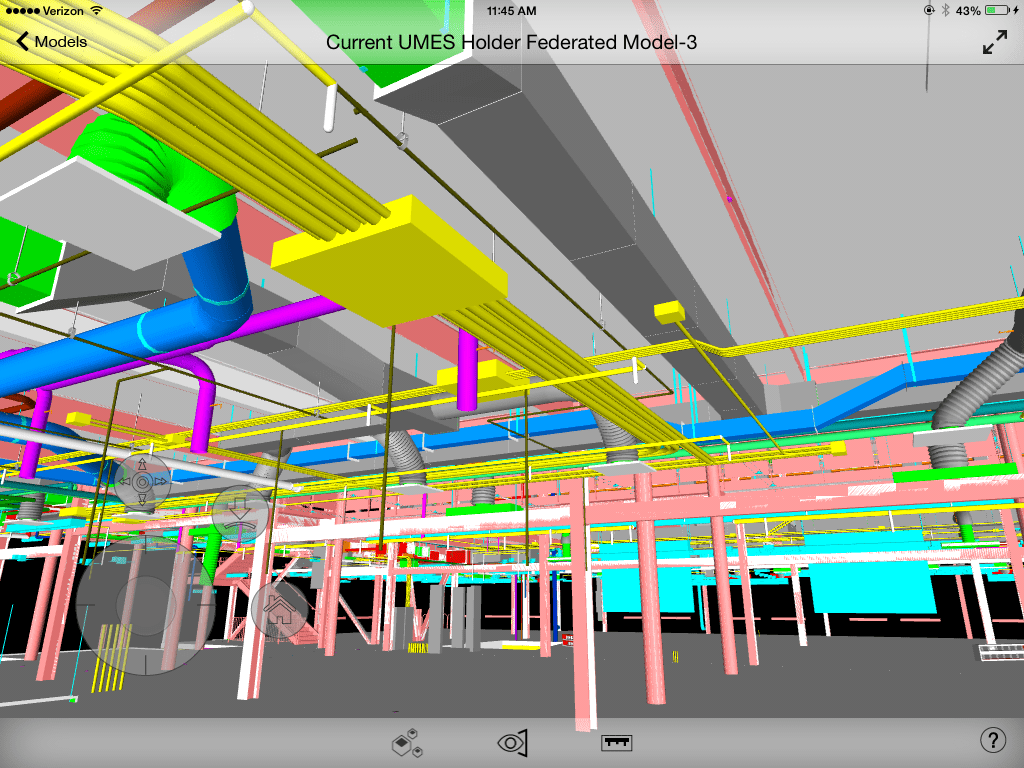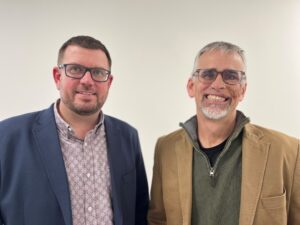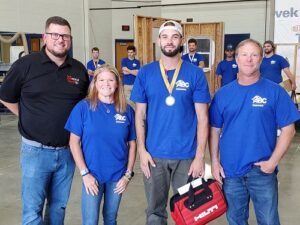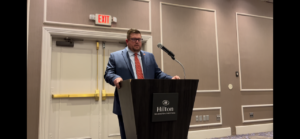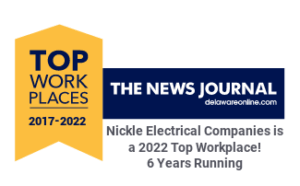This article was previously published in the November/December 2013 Delaware Business Magazine for the Delaware State Chamber of Commerce.
Businesses that choose to overlook the obvious shift towards technology-heavy work will certainly be left behind. No matter the industry, company size, or trade you may be in, more and more we are looking at screens instead of papers. Change can be scary, but these days it’s necessary to survive in the corporate world.
 One way Nickle has begun to transform its processes, specifically those related to our estimating department, is the implementation of On-Screen Takeoff software. This technology assists with methods such as ensuring accurate counts of pieces like fixtures and receptacles. On-Screen Takeoff is synchronized with another program called Electrical Bid Manager, and with just a few clicks estimates are made without the hassle of calculators or scribbling on scrap paper, so desks are less cluttered with drawings, pencils, highlights, and tally counters. All of the data from OST comes together in EBM in a dual screen, including labor rates, and a final bid number is produced and presented to the company asking for a price.
One way Nickle has begun to transform its processes, specifically those related to our estimating department, is the implementation of On-Screen Takeoff software. This technology assists with methods such as ensuring accurate counts of pieces like fixtures and receptacles. On-Screen Takeoff is synchronized with another program called Electrical Bid Manager, and with just a few clicks estimates are made without the hassle of calculators or scribbling on scrap paper, so desks are less cluttered with drawings, pencils, highlights, and tally counters. All of the data from OST comes together in EBM in a dual screen, including labor rates, and a final bid number is produced and presented to the company asking for a price.
Nickle has also started to work with Computer-Aided Design software and its counterpart Building Information Modeling in order to provide clear renderings of drawings and optimize project design. These tools have the capability to create 3-D models of projects, allowing all parties involved to not only see a more realistic picture, but also the functionality of the structure. With this type of technology, job information is easily shared between each company for more accurate cost estimates, schedules, compliance, and reduced risk. Because this information is presented upfront, productivity is enhanced.
These tools are beneficial to our industry because they save money and time, two of the most important aspects of a business. They also streamline our processes and significantly reduce errors.
We are no longer printing as many drawings as we used to, cutting down on paper and ink costs that could potentially add up to thousands of dollars per year. With the ability to see a 3-D model of the project, we’re able to detect potential problems before construction begins. This could save us from the hassle of adjustments to costs while in the middle of wiring the project. Fewer errors means a high quality project is completed under budget and on schedule. When building from a 2-D model, we’re more likely to run into costly hiccups too late.
 Our estimates involve a lot of numbers and calculations and sometimes we spend hours counting and recounting. We’re beginning to put our trust in these software programs to compute a number in mere minutes. By securing a number quickly we are able to produce more estimates in the same time frame as before, potentially leading to more work.
Our estimates involve a lot of numbers and calculations and sometimes we spend hours counting and recounting. We’re beginning to put our trust in these software programs to compute a number in mere minutes. By securing a number quickly we are able to produce more estimates in the same time frame as before, potentially leading to more work.
The increase in work can be attributed to the modernized approach in which these technologies work together seamlessly. Electronic drawings are easily passed between our departments and potentially to the engineers, architects, general contractors, and anyone else involved. When the changes are made to the drawings by one party, everyone is aware of the adjustment. We don’t have to worry about whether we have the most updated version or not, it’s simply on the screen in front of us.
While these advances are a great step forward, we need to remember that the true value of an employee’s skills in the industry shouldn’t be overlooked. The software is easy enough to use, once learned, but nothing can replace the sound mind of an experienced worker who has the ability to look at the bigger picture and bring innovation to the design, rather than relying on these new tools.
No, we may not be completely paperless in the next few years, but we’re taking all steps possible to prepare. We have a glimpse into the future of construction and are making great strides to successfully adapt to these changes. The Nickle team attends webinars, hold pre-planning meetings, and continues to take training classes on a regular basis. The technology is only going to get bigger and better and we’re taking advantage of it to continually produce high quality projects.
